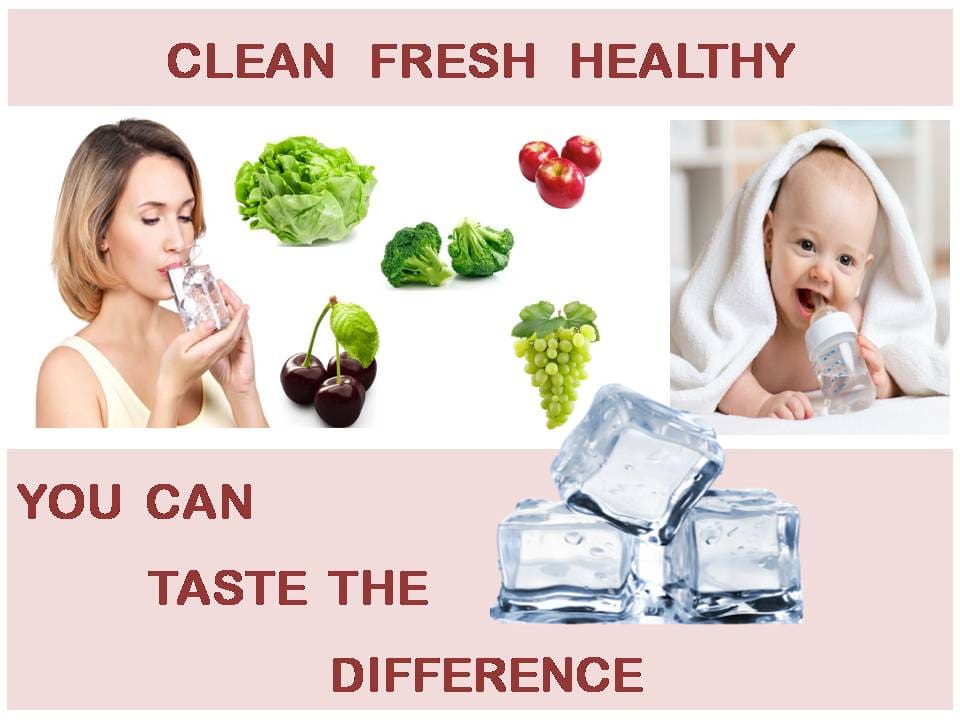Reverse Osmosis Drinking Water Systems
- Home
- Projects
Reverse Osmosis Drinking Water System

HOW DOES REVERSE OSMOSIS WORK?
STAGES OF REVERSE OSMOSIS
- During the initial filtration stage, tap water or well water (pressurized by a booster pump) is passed through a particle filter (a pre-filter) that removes silt, sediment, sand, and clay particles that might clog the R/O membrane.
- The water is then forced through an activated carbon filter that traps minerals and contaminants such as chromium, mercury, copper, chloramine and pesticides. It also removes chlorine, which is important, as chlorine will shorten the life of the membrane.
- Water is transferred under pressure into the R/O module, allowing only clean water to pass through the small pores in the membrane. Impurities unable to pass through the membrane are left behind and flushed down the drain.
- Treated water is then sent to a storage tank.
- Treated water is passed through an activated carbon filter before use to further improve the water’s taste and smell.
Water that contains manganese, hydrogen sulphide or iron should be pre-treated to extend the life of the membrane. Affordable Water can recommend the pre-treatment needed. Area’s we service.
The Reverse Osmosis Process
The reverse osmosis process has been proven and is widely accepted as the most effective system for producing clean drinking water. If you take the two systems generally used for water purification they would be reverse osmosis and water distillation. One of the problems that distillation has is that chemicals that quickly evaporate can get caught in water steam and become part of the purified water.
When you examine the reverse osmosis process you see that water is pushed through a semi-permeable membrane that strips most of the contaminants out of the water without giving them a chance to get into the drinking water. As a final step in most water purification filter systems a carbon filter is used as the final post filter which takes out most of what is left in the water being filtered.
If you’re looking for an efficient water purification filter, the reverse osmosis system is one of the best. It doesn’t use chemicals, or electricity, or add anything into the water stream to take the minerals and contaminants out of the water. Using just pressure alone it pushes the water through a filter that is made of a microscopically small material called a semi-permeable membrane. At a pore size of 0.0001 microns the membrane is able to strip away the larger contaminants, and only lets the smaller water molecules pass through.
The designers of this filter made it for chemicals, heavy metals, and desalinating seawater. In the early days when the reverse osmosis process was still relatively new, it was cruise ships and submarines, along with some specialized industries that really used this purification filter. Today it is widely used by businesses, government, and millions of homes right around the world. It is still used in parts of Africa to take salt and contaminates out of the seawater and provides clean drinking water for the people living there.
If you understand the process of osmosis, you know that it is a solution that is of a weaker concentration being forced through a membrane into a solution that is a stronger concentration until both solutions become equally concentrated. Fundamentally the reverse osmosis filtering process is the same, with the difference being, it is forcing a solution of a strong concentration to pass through the semi-permeable membrane into a weaker concentrated solution. As the name implies reverse osmosis. The result of the stronger solution being forced through to a weaker solution is purified water which is good drinking water.
Reverse Osmosis is unique in that it uses an extraordinarily high amount of pressure, whereas other kinds of water filter systems may require thermal energy as well as chemicals. There are many applications in which we employ the reverse osmosis process and they are not all alike. If you look at freshwater it takes the least amount of pressure to push through the membrane starting at about 30 pounds-per-square inch, it is advised to add a pump once you’re over 1000 PPM. Then you have what is referred to as “brackish water” that is found in the transitional areas where the ocean meets the fresh water in river mouths, and bays, and areas like that. The pressure needed to push the brackish water through the reverse osmosis membrane is somewhere between 200 to 400 pounds-per-square inch. Seawater requires between 600 to 1200 pounds-per-square inch.
The percentage of people who use some form of a water filtration in Canada is roughly 40%. Reverse osmosis is one of the top choices for Canadian consumers across the board from city to country homes.
Reverse Osmosis

WHAT ARE THE BENEFITS OF REVERSE OSMOSIS?
Reverse osmosis can remove dissolved solids, salts, minerals that cause hardness, organic chemicals and other impurities. It can improve the taste of water for people who do not like the taste of dissolved mineral solids. Treated water will not produce scale in kettles and coffee makers. Because sodium and potassium are removed, people on a medically prescribed sodium- or potassium-restricted diets may benefit. R/O units also remove contaminants such as chromium, mercury and nitrates.
Reliable, efficient, and cost-effective solutions that meet your unique water treatment needs.
Improve the quality of your water with our advanced treatment technologies, ensuring that your water is clean, safe, and healthy for all your needs.
